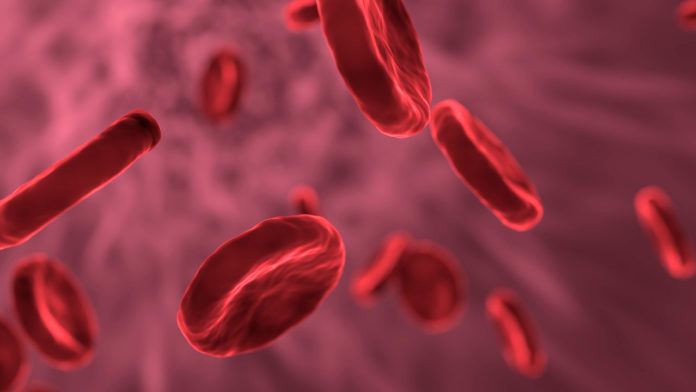When it comes to blood donation, the wrong blood type can trigger a severe, potentially life-threatening immune reaction in the wrong patient. Researchers at the University of British Columbia have uncovered a new ally in the quest for safer blood transfusions: a group of enzymes found in gut bacteria that can convert type A blood to the universal donor type O.
“Blood type is determined by the presence of antigens on the surface of red blood cells; type A blood has the A antigen, B has the B antigen, AB blood has both antigens and O blood has none,” said lead researcher and chemistry professor Stephen Withers in a statement.
“Antigens can trigger an immune response if they are foreign to the body, so transfusion patients should receive either their own blood type, or type O to avoid a reaction. That’s why O blood is so important.”
Previously, enzymes had been discovered that could strip B antigens off of separated blood components. The new enzymes are much more powerful, able to strip away the more common A antigen from whole blood, streamlining the process and making it applicable to more donors (42 percent of Canadians have type A blood, compared to 9 percent with type B blood). The enzymes also have a limited ability to strip away B antigen.
Blood antigens are just simple sugars, and removing them could expand the pool of potential universally safe donors. Withers and his team looked to the communities of bacteria in the gut, an environment that is rich in sugars that are similar to blood antigens. This environment is a likely home to bacteria that could detach and feed on those sugars, and a few might also work to snip off blood antigens.
Instead of looking through bacteria one candidate at a time, the team used a technique called metagenomics to analyze a mixed community of millions of bacteria at once. The researchers then used E. coli to select for genes that code for enzymes that can cut sugars like those on the gut wall. The most promising enzymes were isolated and produced on a larger scale to test against blood antigens, ultimately honing in on the reported group of enzymes.
Once the antigens are cleaved from the surface of donated blood cells, they can easily be washed away. The new set of enzymes is 30 times more effective at removing blood antigens than previously reported methods, and A blood can be converted to O blood according to every standard used by Canadian Blood Services.
Higher efficiency means that complete blood type conversion can be achieved more quickly. If time is not an issue, this also means that 30 times less enzyme is needed to achieve the same result, making it easier to completely wash it away before giving modified blood to a patient.
Continued research is underway to use directed evolution, a technique that imitates natural selection to achieve a specific goal – in this case creating an even more efficient antigen-removing enzyme, and potentially one that could be used on both A and B antigens for a universal solution to obtaining O blood.
The enzyme-treated blood still has to be tested in clinical trials to ensure that it is safe and there are no unintended side effects. If successful, this method could one day be an important tool to obtain more type O blood in natural disasters and other emergency situations when it is urgently needed.








































